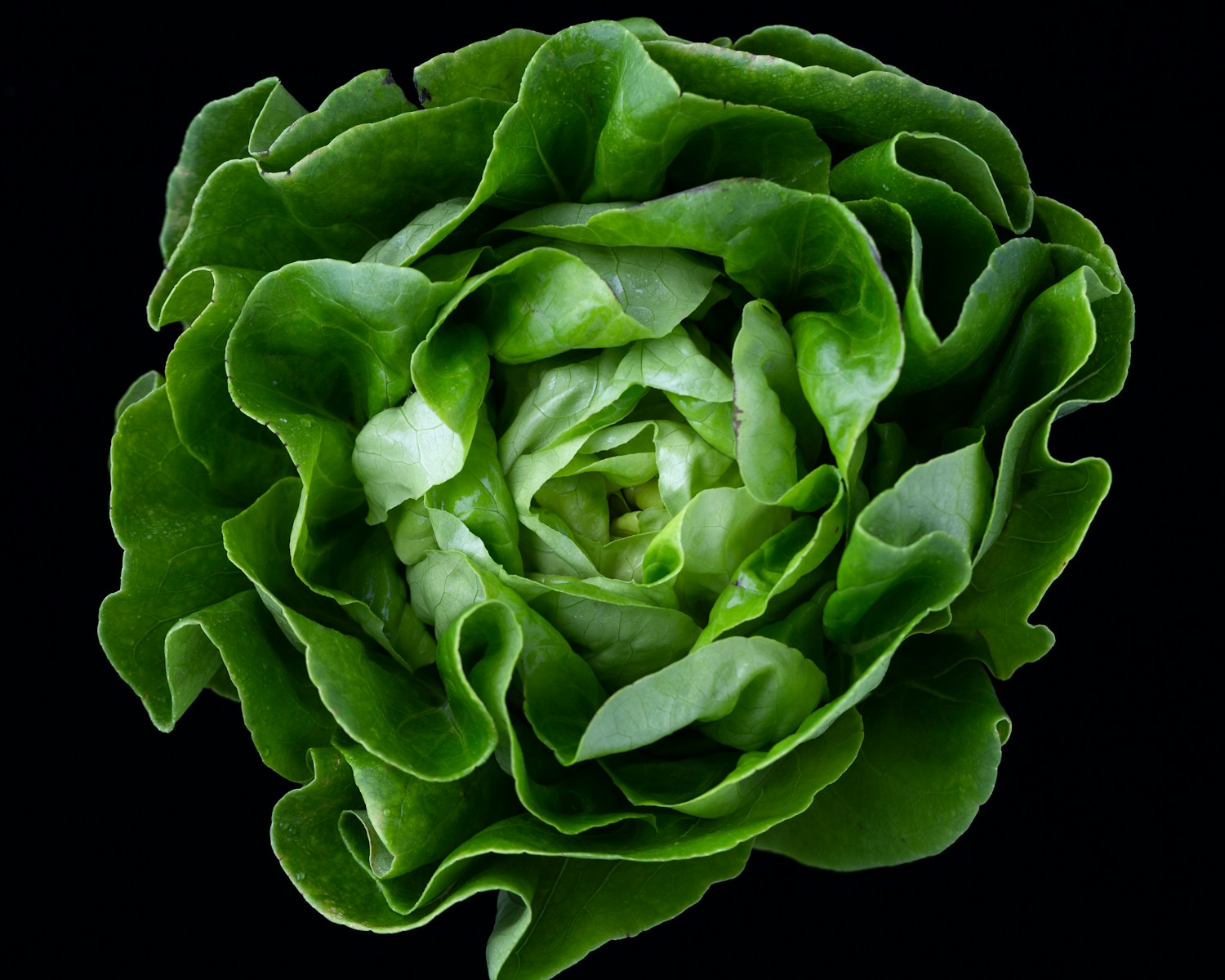Forget the stock market or unemployment rates—there’s a bizarre but surprisingly accurate way to gauge inflation: the price of lettuce.
Yes, lettuce.
While economists obsess over CPI reports and Federal Reserve meetings, grocery shoppers have long noticed that when lettuce prices spike, broader inflation isn’t far behind. Here’s why this humble leafy green might be the canary in the economic coal mine.
Why Lettuce?
Lettuce is a perishable, logistics-heavy crop, making it hyper-sensitive to economic shifts:
✔ Fuel Costs – Lettuce ships refrigerated; diesel price hikes = pricier greens.
✔ Labor Costs – Farm workers, truckers, and grocery staff all affect final price.
✔ Weather & Supply Chains – Droughts or floods in California (where most U.S. lettuce grows) cause instant shortages.
Unlike processed foods (which can absorb cost fluctuations), lettuce prices react fast—giving us an early inflation warning.
Historical Proof
- 2022 Inflation Surge: Romaine prices doubled months before official inflation peaked.
- 2008 Financial Crisis: Iceberg lettuce saw 30% jumps as fuel and labor costs soared.
- 1990s Stability: Cheap lettuce = low inflation.
How to Use the Lettuce Index
Next time you’re grocery shopping:
- $1.50/head? Economy’s probably stable.
- $3.50+? Brace for price hikes elsewhere.
- $5.00? Start stockpiling canned goods.
Bonus: Compare organic vs. conventional—if the gap shrinks, even premium buyers are feeling the pinch.
Limitations
- Regional Differences: Lettuce in Arizona ≠ lettuce in New York.
- Short-Term Spikes: A single freeze can distort prices temporarily.
But as a quick, real-world gauge, it’s oddly reliable.






